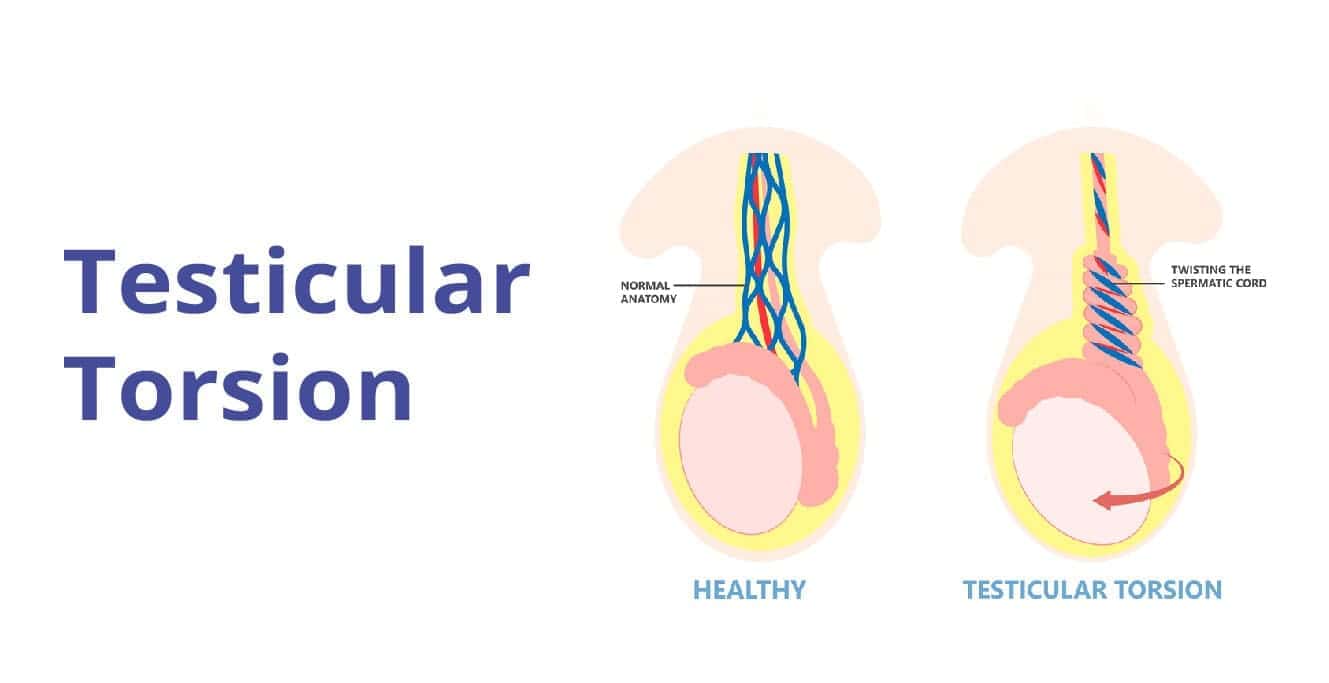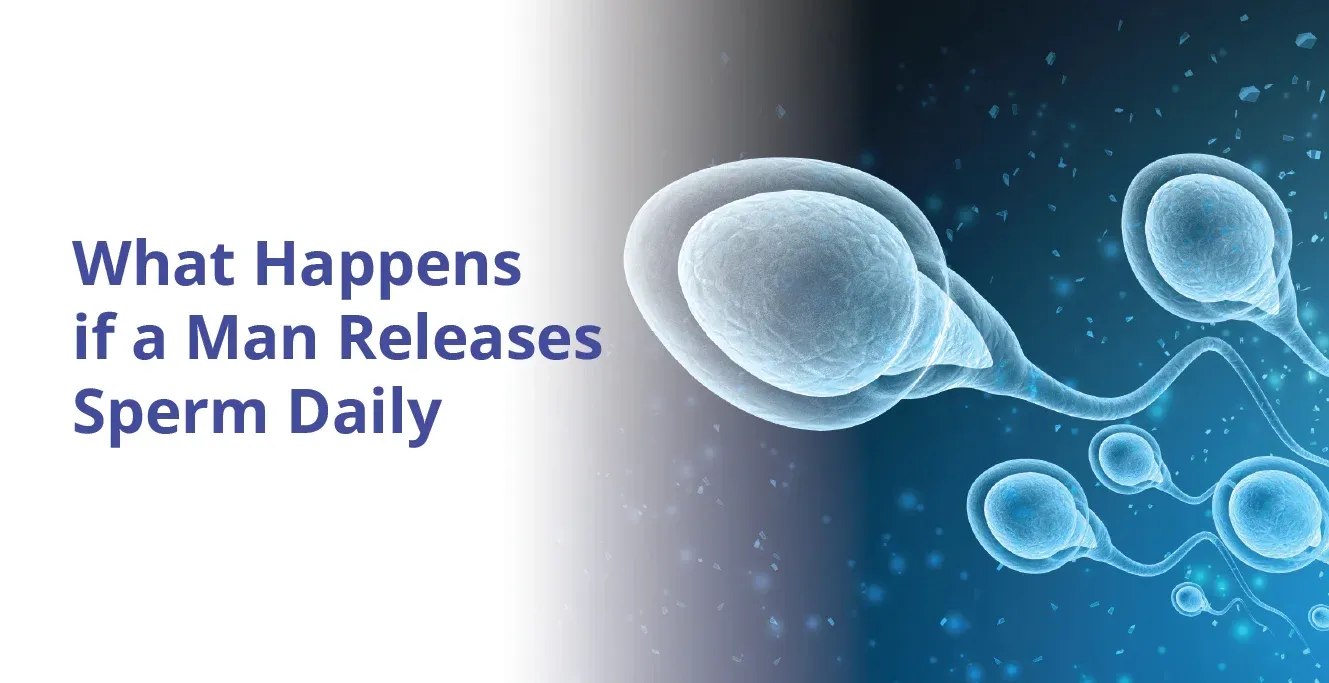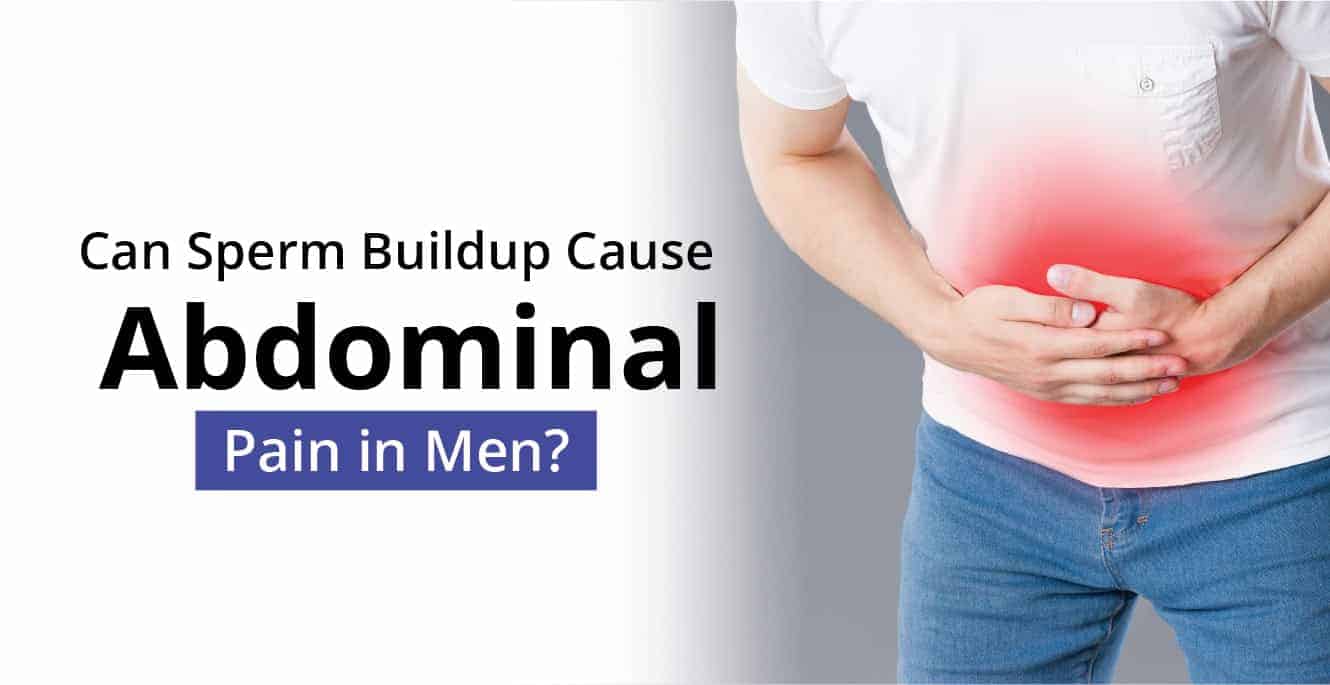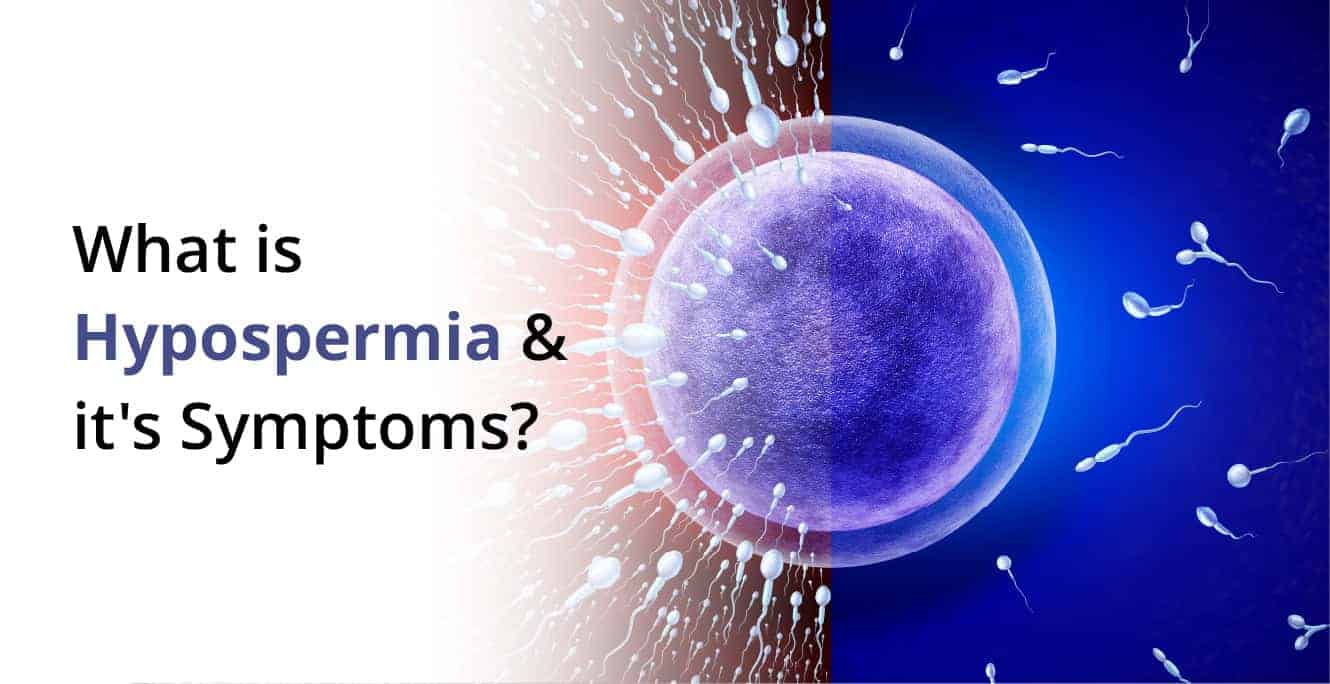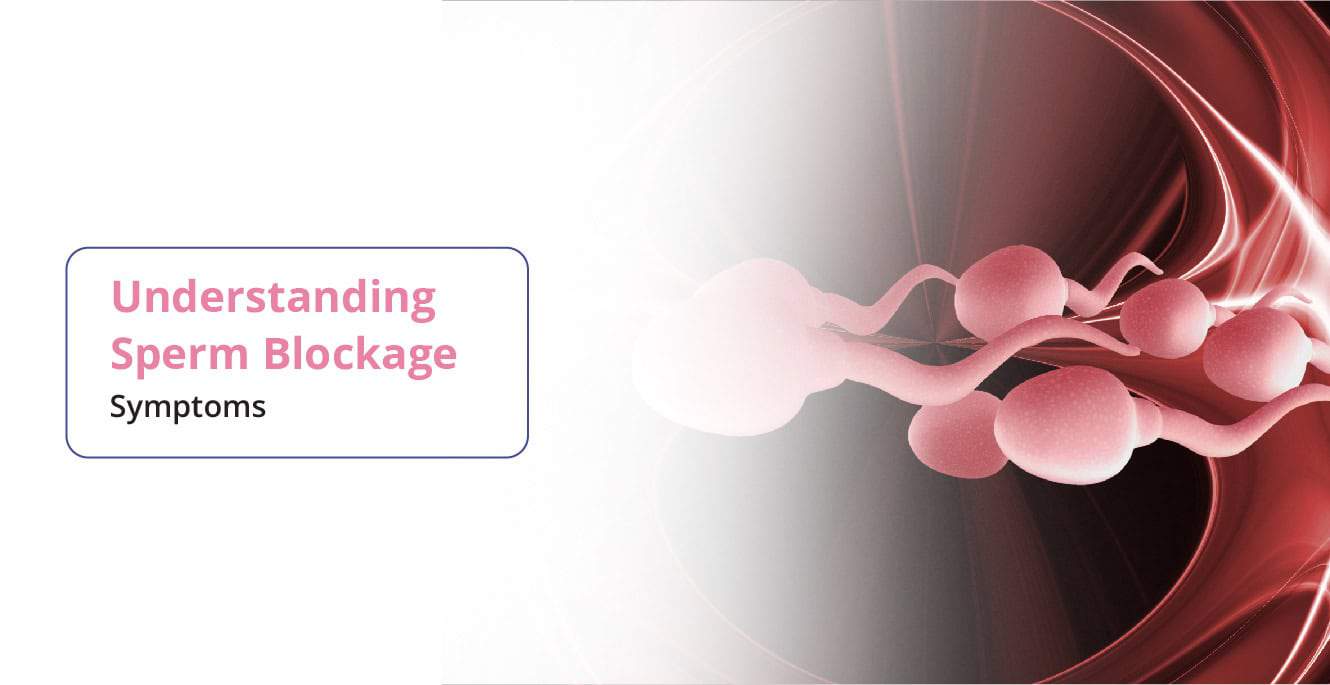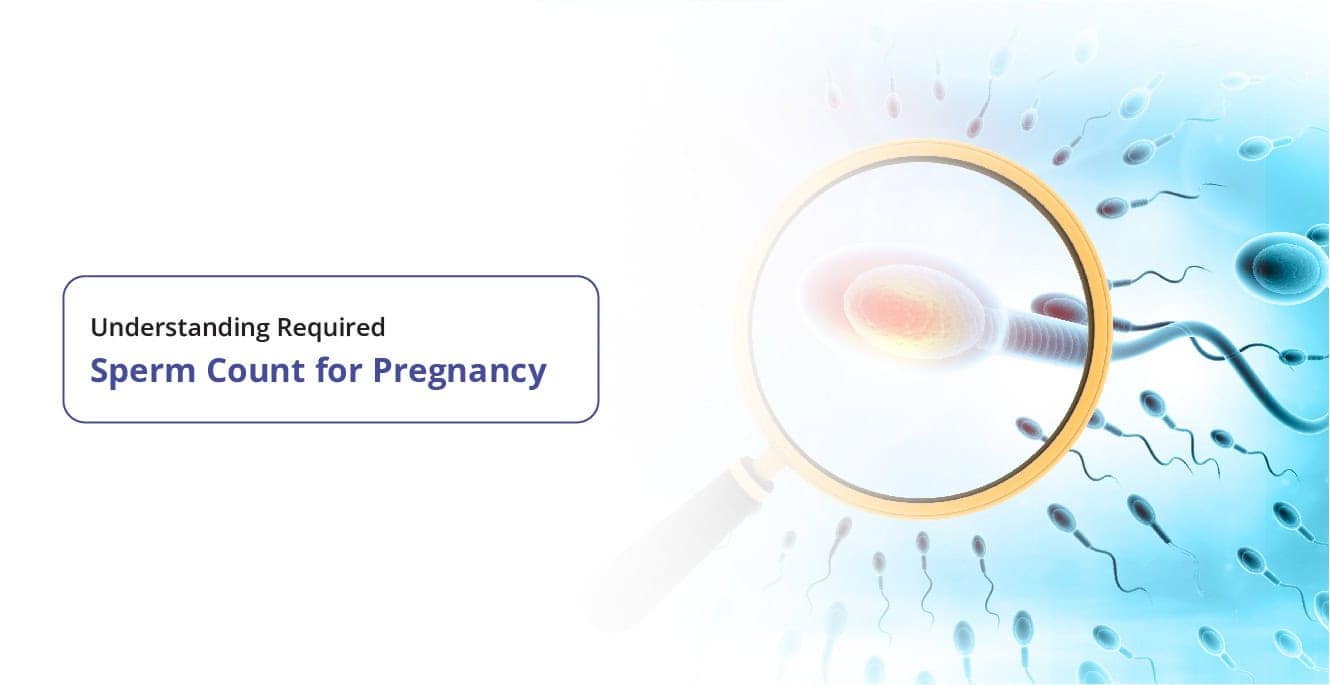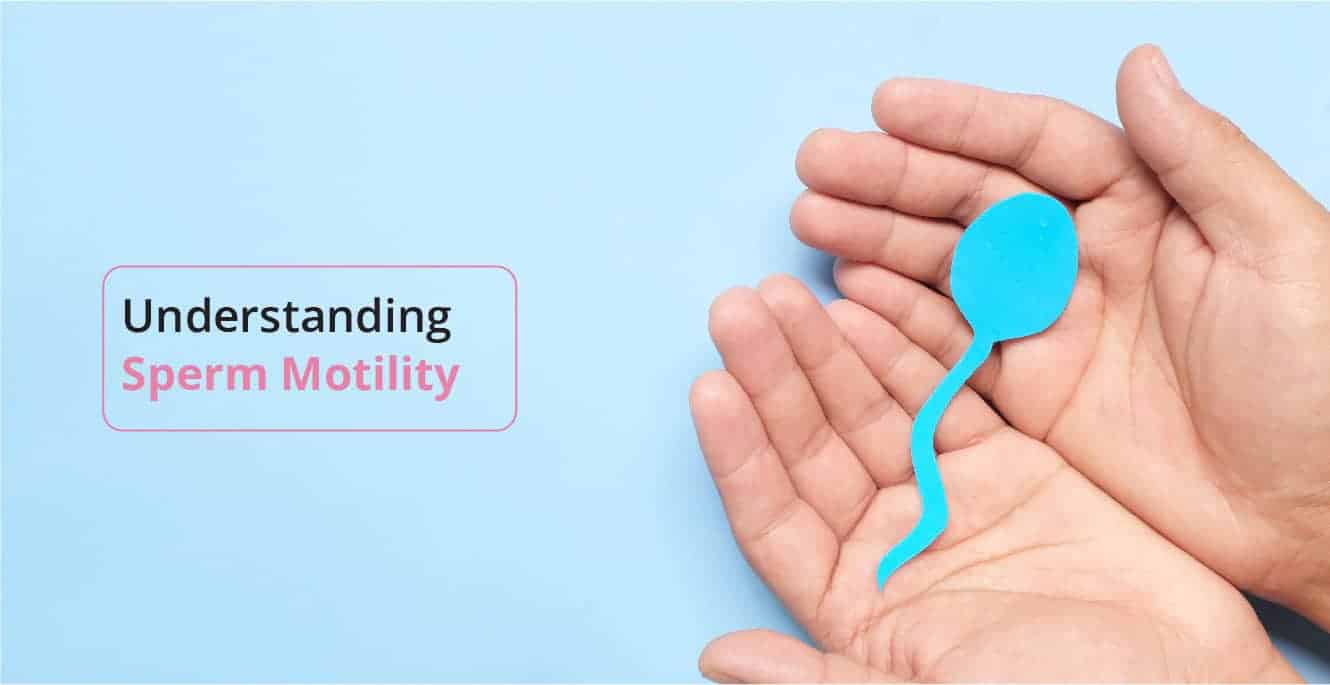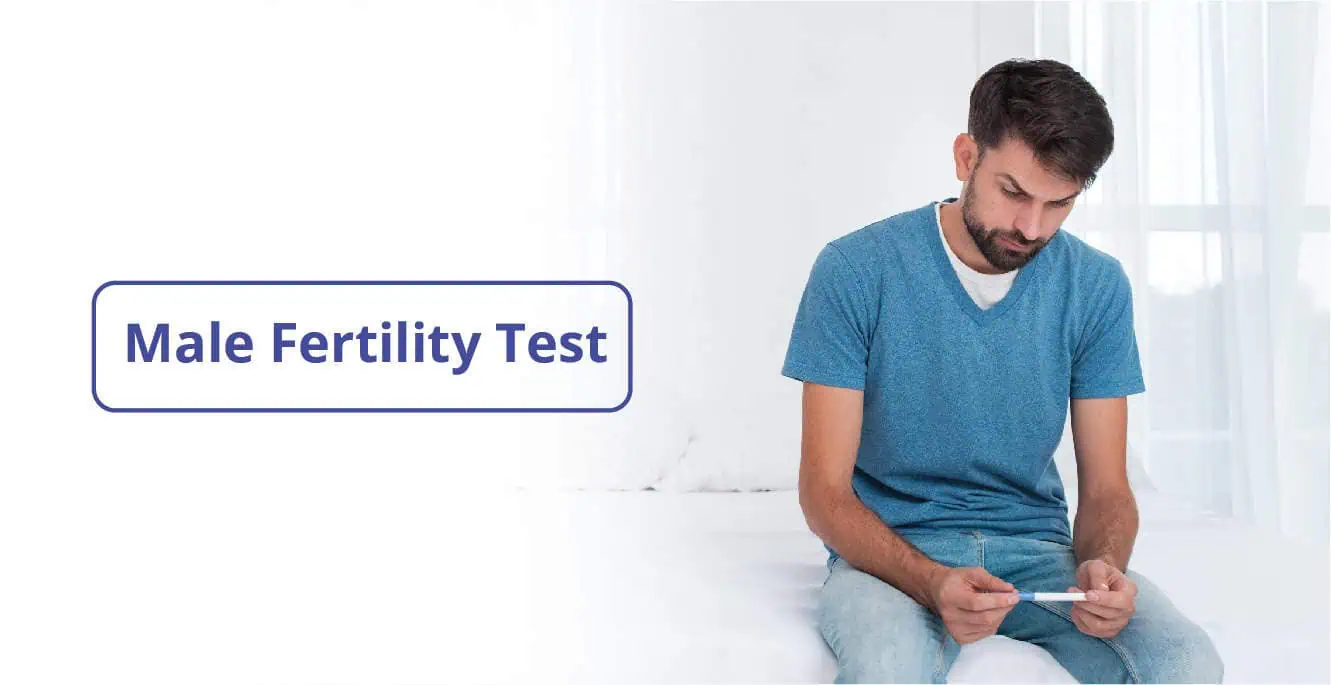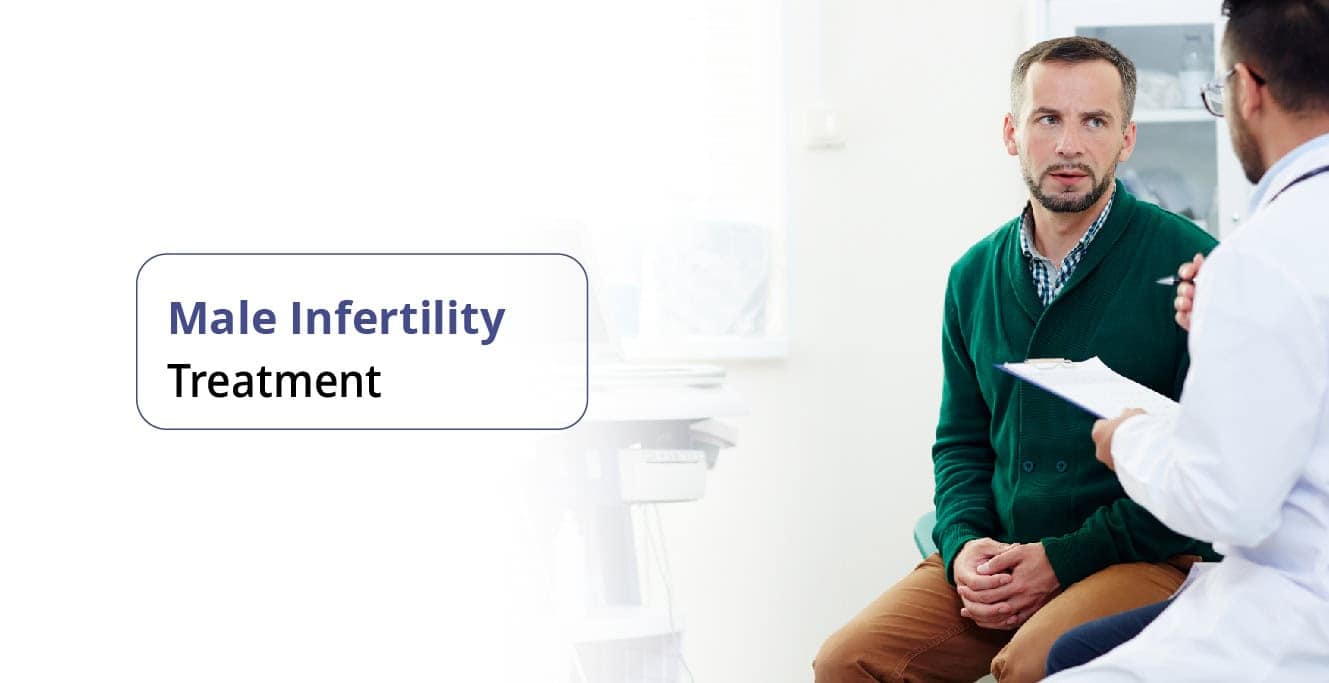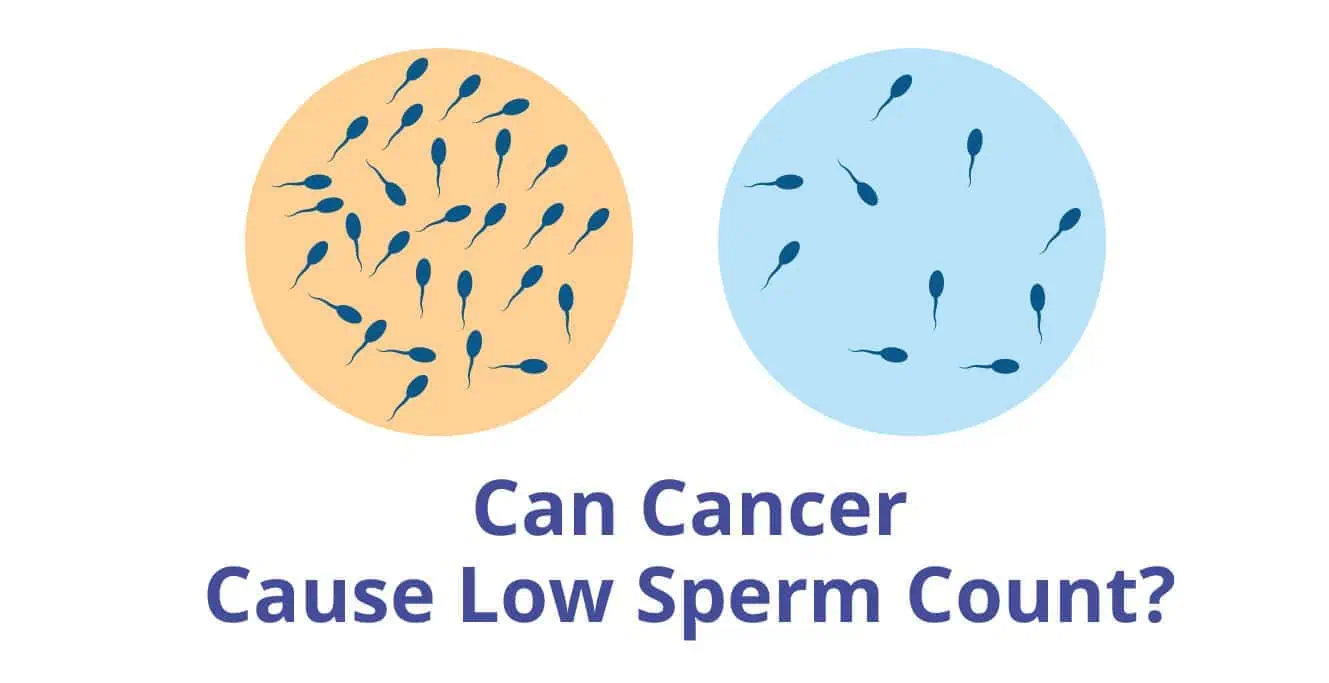What is testicular torsion?
Testicular torsion is a rare but serious condition, especially for men. Torsion itself means sudden twisting of one end of an object relative to the other. So testicular torsion implies that the male testicles twist by themselves cutting off its blood supply. With no blood circulating to the testes, and if not restored within 6 hours, this will need surgical intervention, resulting in the removal of the twisted testicle.
Needless to say, this is a very painful condition. The spermatic cord is responsible for the blood flow to the testicles. This is a kind of medical emergency and if not treated in time may lead to infertility in men.
What causes testicular torsion?
This condition might happen to anyone, at any age. Research suggests that under the age of 25, about 1 in 4000 men can have this condition. The adolescent males contribute to about 65% of the total cases of testicular torsion.
This is such a spontaneous event with a sudden excruciating pain that it may even happen to infants. In this case, doctors prefer moving in as quickly as possible to avoid having to remove a testicle.
It has been observed that the left testicle is the most affected in such cases. The torsion usually happens on on testicle and not on both. However other conditions might result in impacting both.
There are no sure shot indications as to what causes a testicular torsion. However here are some probably causes that lead to this:
- Frontal injury to the testicle: this one is bound to hurt which can trigger a torsion.
- Bell clapper deformity: In most men testicle is attached to the scrotum so the testicles can hang around freely. This in turn can trigger torsion. But in this case the torsion happens on both the testicles which can make the situation rather grave.
If the testes dies in the process then the scrotum will be tender and swollen. It will take a long time for the body to recover from the trauma.
What are the signs & symptoms of testicular torsion?
A sudden onset of severe testicular pain is a sure shot sign or testicular torsion symptom. This is possible any time of the day and in any position one might be. So it can happen when you’re awake/ asleep/ standing/ sitting, anytime. It does not depend on any physical activity.
Here are the times one should seek emergency medical attention:
- Sudden severe pain in one testicle
- Swelling on one side of scrotum visible to the naked eye
- A visible lump in the testicle, because testicles are usually the same size
- Redness or darkening of scrotum
- Problems in urination in terms of frequency and burning sensation
- Any of the above followed by nausea and vomiting
So any pain in the testicles is a guaranteed sign to seek for immediate medical attention.
How is testicular torsion diagnosed?
An expert urologist will perform a testicular torsion diagnosis through physical examination, understand your symptoms, and medical history. A scrotal ultrasonography with doppler signalling can be performed to assess the flow within the testicular tissue.
If a urinary tract infection is detected in the process, further investigative tests will be prescribed. Further on the urologist will check for an infection on the testicle or epididymis behind the testes.
Also Read: What is Sperm Test?
How is testicular torsion treated?
Torsion must be treated quickly. Even in the emergency room, the urologist will have to make sure that the untwisting is securely done. For this they will untwist the cord surgically and secure it with a few stitches through the scrotum or groin to prevent it from recurring.
If the testicle is beyond repair, the surgeon will secure the other testicle and prepare to remove the non-functioning twisted testicle. The need for testicular torsion surgery varies from case to case. For newborns, pediatric urologists will remove the infarcted testicle, secure the second testis with stitches.
Sadly in case of infants the detection and testicular torsion diagnosis has a very small window of time. In most cases the surgery results in removal of one or both testicles. There is a higher chance of children and adolescents suffering from this condition. Mostly this condition is hereditary and can be passed down genetically. However, even if a testicle is removed, there is nothing to be alarmed about. The fertility is not impacted as a single testicle is equally capable of producing enough sperms. So life after testicular torsion surgery is not all that bad. Once the area heals you can also look for prosthetic options to improve the appearance.
It is a very difficult condition and requires immediate professional attention. Which is why you must rush to the hospital emergency when in pain and ask for a urologist. An experienced expert will ensure that the surgery is minimally invasive and timely to ensure that the testicle is saved.
FAQ’s :
How painful is a testicular torsion?
It is a severe and painful condition which needs immediate medical attention. This is similar to getting an irreversible cramp on your testicle as if someone has twisted it and there is no way to untwist it. This must be attended immediately as in most cases, the longer we wait, the higher the chances of the testis dying out due to lack of blood supply. When that happens, the testicle will need to be surgically removed and the other testicle will need to be secured to the scrotum with stitches. This can start as a dull lingering pain and build up over time or it can be a sudden shooting pain that can strike anytime of the day, irrespective of activity you are in.
Who gets Testicular Torsion?
Testicular torsion causes mainly involves a voluntarily rotating spermatic cord. If this rotation happens several times, blood flow will be entirely blocked, quickly leading to irreparable damage.
It has been observed that 1 of 4000 males get testicular torsion. Mostly the condition is inherited and often affects both testicles. It has higher chance of occurring to people below the age of 25 years. The majority of the affected age group is attributed to teenagers between the age of 12-18 years.
Testicular torsion may happen suddenly after several hours of vigorous activity, or a frontal injury to the testicles or even while sleeping. Sudden growth spurt of testicles during puberty might also play a role. Sadly for infants there is no way to salvage the situation as the window of time and resistance is much less in comparison.
How Is Testicular Torsion Diagnosed?
First and foremost, the doctors will identify the problem area and the affected track through a physical pelvic examination or an ultrasound. Eventually testicular torsion surgery is a must. However, in the emergency room, the resident doctor will try to manually untwist the cord. But, surgery is inevitable as there will be sutures needed to secure the testicle after untwisting it to prevent recurrences. Once the blood flow is restored to the area the crisis is averted.
Through the scrotum or via an incision through the groin, either way the surgeon will take extra care to restore the blood flow without damaging the tissues. In case of the patient having a bell clapper condition, care will be taken to secure both testicles as it is more critical.


